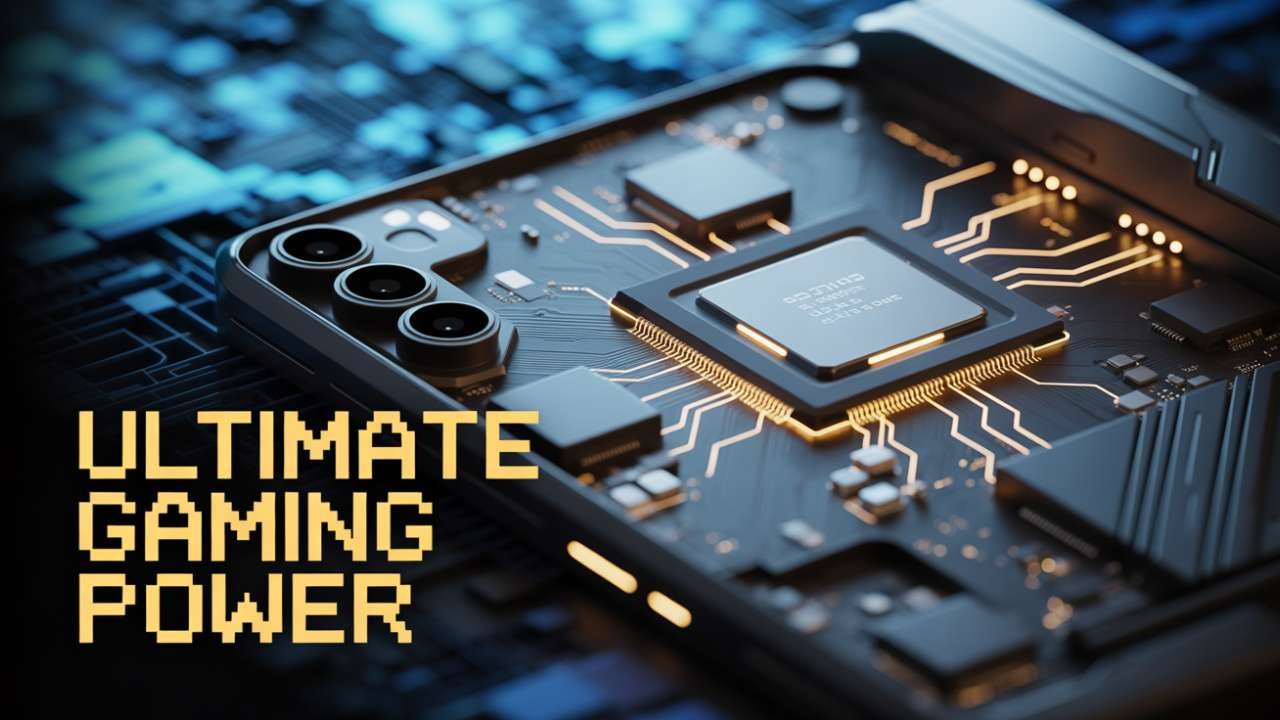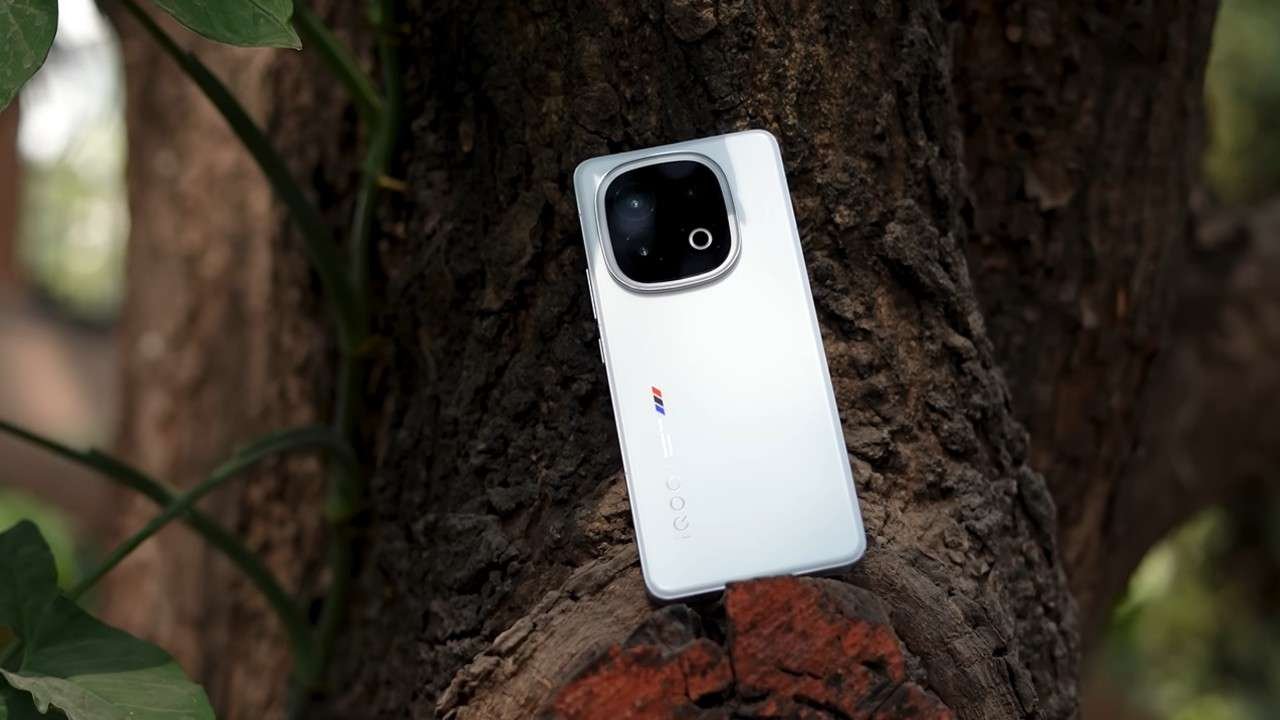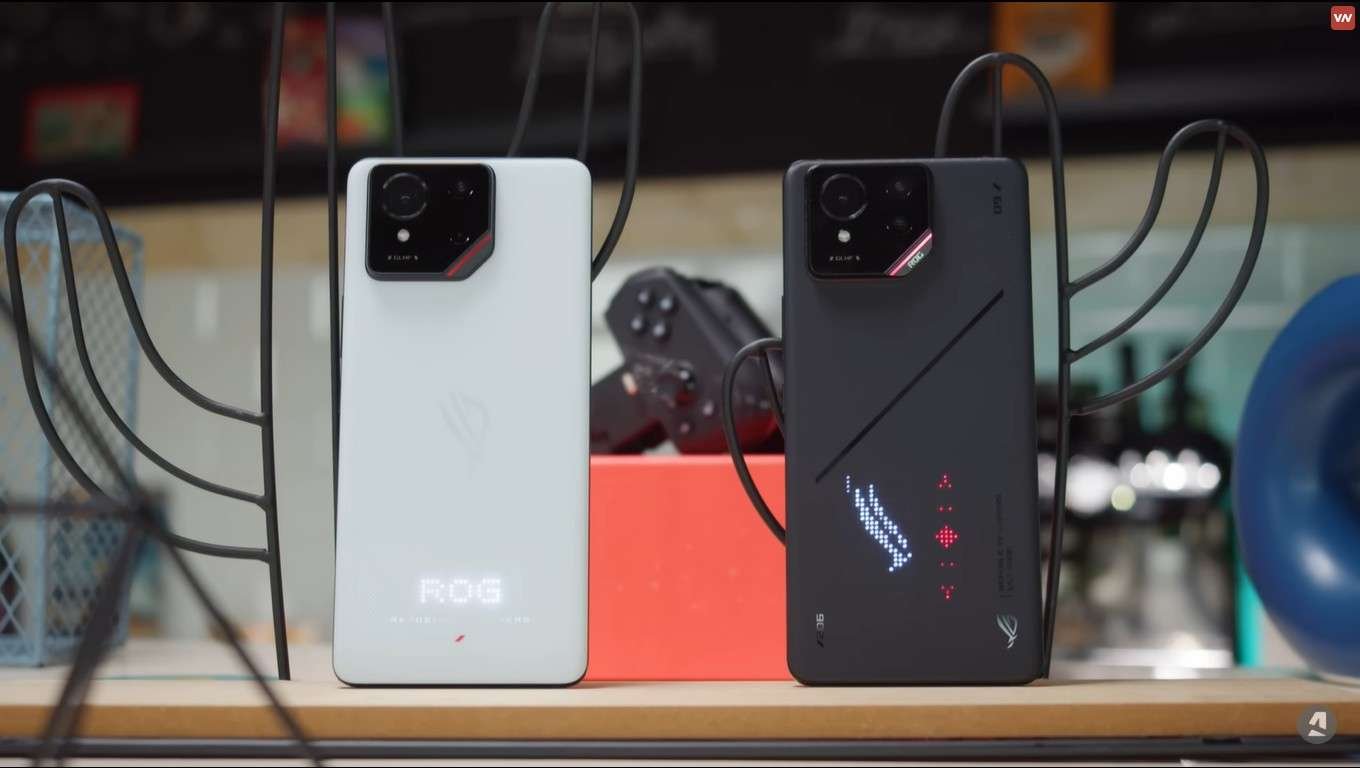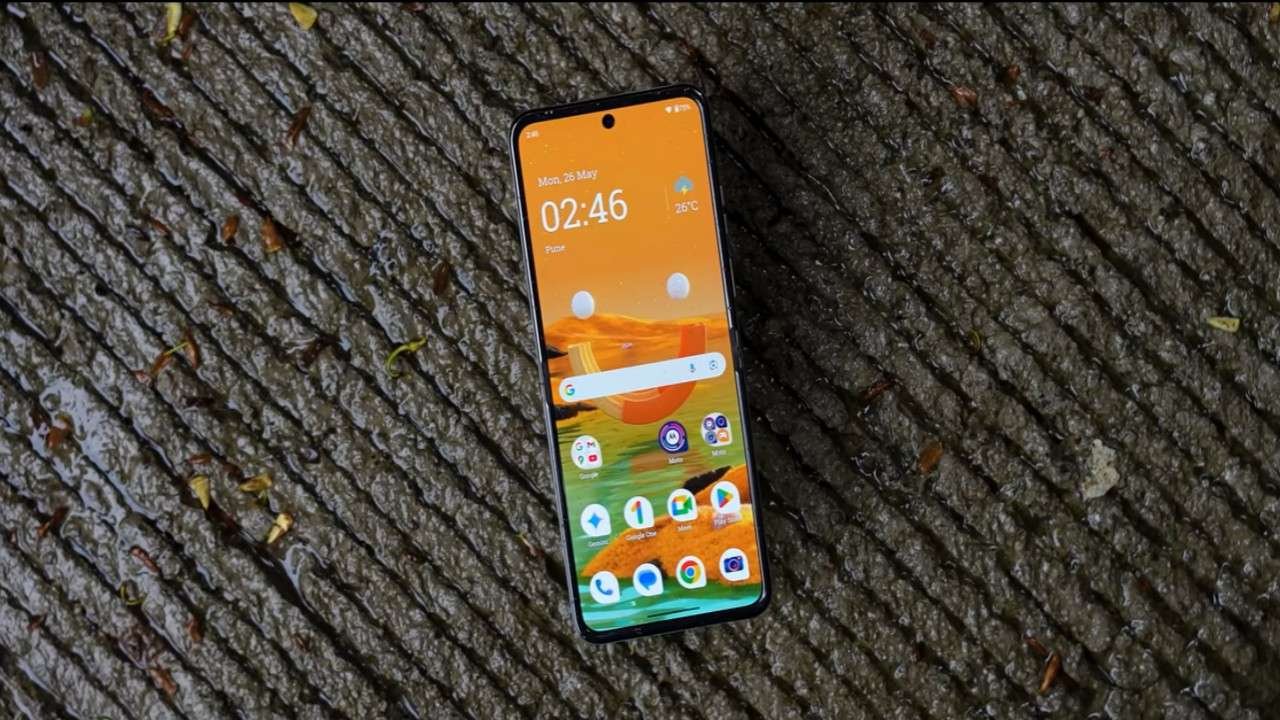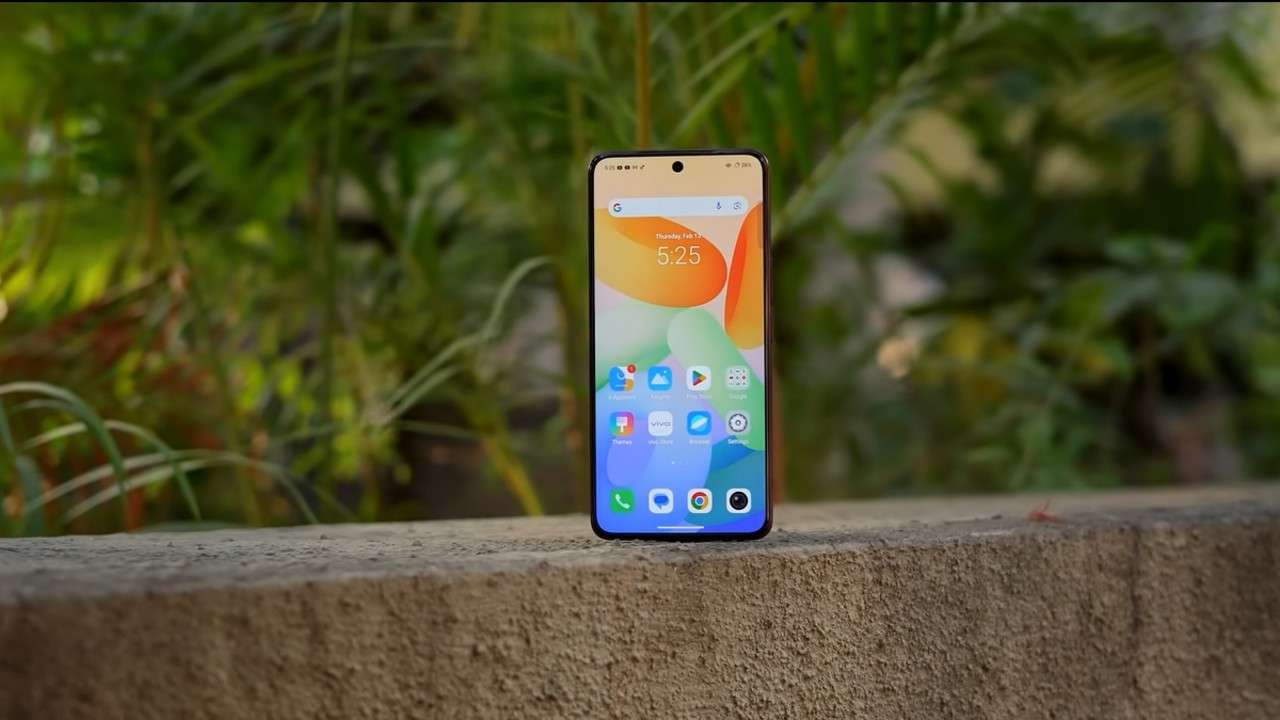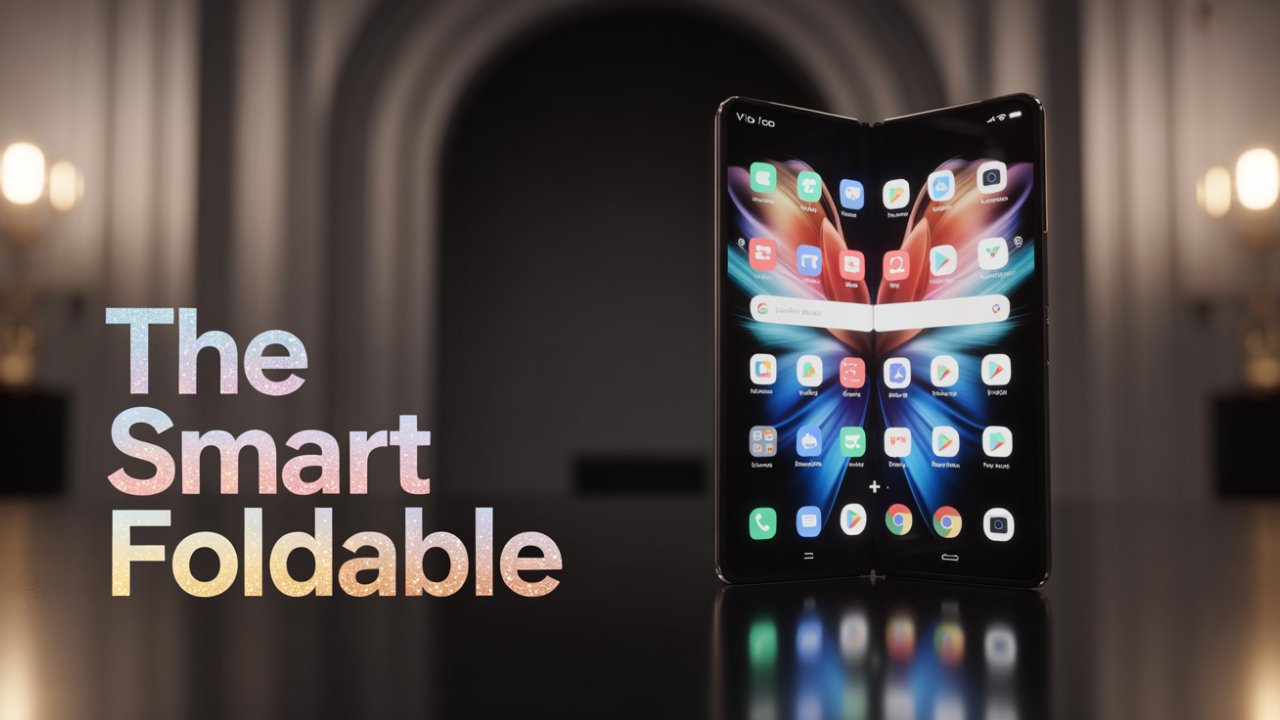Introduction
Best Flagship Processor: In 2025, the market for gaming smartphones is as competitive as ever.
From AAA mobile games such as Genshin Impact to high-refresh-rate FPS games such as Call of Duty Mobile and PUBG: New State, the demand for sheer processing power, GPU performance, and thermal efficiency is higher than ever. The right processor is essential—not only for frame rates but also for smooth, lag-free, and efficient gameplay sessions.
In this in-depth comparison, we compare the best flagship processors that fuel gaming phones in 2025:
- Snapdragon 8 Gen 4
- Snapdragon 8 Elite
- MediaTek Dimensity 9400
- Apple A18 Pro
- Exynos 2500
We compare the Best Flagship Processor based on benchmarks, gaming performance, GPU power, AI functions, thermal throttling, and power efficiency to declare the best gaming chipset of 2025.
Snapdragon 8 Gen 4: The Mainstream Beast
Overview
Architecture: Custom Oryon CPU (no Cortex cores), 3nm TSMC N3E
GPU: Adreno 830
AI: Hexagon NPU with Sensing Hub integration
Max Clock Speed: Up to 3.9 GHz
Benchmarks
AnTuTu: ~2.3–2.4 million
Geekbench 6: ~2,300 (single) / ~7,600 (multi)

Best Flagship Processor: Gaming Highlights
Smooth sustained performance in 120 Hz+ games
Adreno 830 provides stable frame rates even when loaded.
Thermal control is effective in phones such as Xiaomi 15 and OnePlus 13
Strengths:
Even power and efficiency
Widely used in 2025 gaming flagships
Less heat output compared to 8 Elite
Weaknesses:
Less aggressive in max FPS compared to 8 Elite
Throttles slightly under intense heat
Snapdragon 8 Elite: The Overclocked Beast
Overview
Architecture: Like Gen 4 but with overclocked GPU and CPU
Cooling: Calls for vapor chambers and graphite for best utilization
Benchmarks
AnTuTu: ~2.7–2.8 million
Geekbench 6: ~2,400 (single) / ~8,000 (multi)

Best Flagship Processor: Gaming Highlights
Enables premium phones like ASUS ROG Phone 9 Pro and iQOO 13.
Provides sustained 144 Hz gaming in supported games.
Works best with “Monster Mode” or gaming boost activated
Strengths
Maximum frame rates available in 2025
Optimized for gamer-focused phones
Great touch latency and frame timing
Weak points
Runs hot; requires aggressive cooling
Some OEMs underclock performance despite unadulterated
Less power-efficient than Gen 4
MediaTek Dimensity 9400: The AI-Powered Challenger
Overview
Architecture: 3nm TSMC, X5 core + Cortex-X4 cluster
GPU: Immortalis G920
AI: Next-gen APU 790
Benchmarks
AnTuTu: ~2.6 million
Geekbench 6: ~2,200 (single) / ~7,300 (multi)

Best Flagship Processor: Gaming Highlights
Immortalis G920 GPU enables ray tracing in mobile games.
Handles well in Dimensity Edition phones (e.g., Vivo X100 Ultra, RedMagic)
Strengths
Excellent AI-aided game enhancements
Improved thermal efficiency compared to Snapdragon Elite
Competitive frame rates without excess heat
Weaknesses
Less popular among top gaming phone OEMs
GPU still lags Adreno 830/Elite on sheer FPS
Apple A18 Pro: Smooth But Constrained
Overview
Architecture: 3nm N3E by TSMC, 6-core CPU
GPU: 6-core Apple GPU with MetalFX scaling
AI: Next-gen 16-core Neural Engine
Benchmarks
AnTuTu: ~2.1 million (iOS constraints)
Geekbench 6: ~2,900 (single) / ~7,100 (multi)

Best Flagship Processor: Gaming Highlights
Smooth frame pacing in iOS games consistently
Metal API optimization enables casual and core games to run smoothly
Strengths:
Best per-core CPU performance
Excellent battery life while gaming
Ideal integration with iOS game engines
Weaknesses
Partial control over game settings compared to Android
Lack of ray tracing and high refresh rate support in most titles
Exynos 2500: Samsung’s AI-Fusion Experiment
Overview
Architecture: 3nm GAA, AMD Xclipse GPU
AI: Samsung NPU with generative AI integration
Benchmarks:
AnTuTu: ~2.2 million;
Geekbench 6: ~2,100 (single) / ~6,800 (multi)

Best Flagship Processor: Gaming Highlights
Available on Galaxy S25 series (non-Ultra)
Frame rates differ greatly depending on optimization
Strengths
On-device AI boosts game textures and upscaling.
Power-efficient on power with good GPU thermals
Weaknesses
Performance variability
Still lags behind Snapdragon in gaming games
Benchmark Comparison Table (2025)
| Processor | AnTuTu Score | Geekbench 6 (S/M) | GPU (FPS, High Load) |
| Snapdragon 8 Elite | ~2~2~2.8M | 2400 / 8000 | 60–144 FPS |
| Snapdragon 8 Gen 4 | ~2.4M | 2300 / 7600 | 60–120 FPS |
| Dimensity 9400 | ~2.6M | 2200 / 7300 | 60–120 FPS |
| Apple A18 Pro | ~2.1M | 2900 / 7100 | 60 FPS (capped) |
| Exynos 2500 | ~2.2M | 2100 / 6800 | 45–90 FPS |
Final Verdict: Which Processor Dominates for Gaming?
For bare power and ultimate frame rates, Snapdragon 8 Elite is at the forefront of gaming processors in 2025. Its high refresh rate support, powerful GPU capability, and top-shelf device support (such as ROG Phone 9 Pro) make it a gamer’s best friend—if you’ve got decent cooling.
If you, instead, desire a well-balanced and efficient processor that excels at thermal control, Snapdragon 8 Gen 4 is the ultimate all-rounder.
If you’re considering AI capabilities, battery longevity, and silky-smooth performance with ray tracing capability, Dimensity 9400 is the most intelligent choice.
Apple’s A18 Pro offers the smoothest iOS gaming but is constrained in customization and top output, while the Exynos 2500 is still playing catch-up. If you want a detailed comparision blog between Snapdragon 8 Gen 4 and Apple’s A18 Pro then check our blon on ‘Snapdragon 8 Gen 4 vs Apple A18 Pro: The Ultimate Mobile Chip Battle of 2025‘. This will help you to know more about the Best Flagship Processor for all purposes. . .

